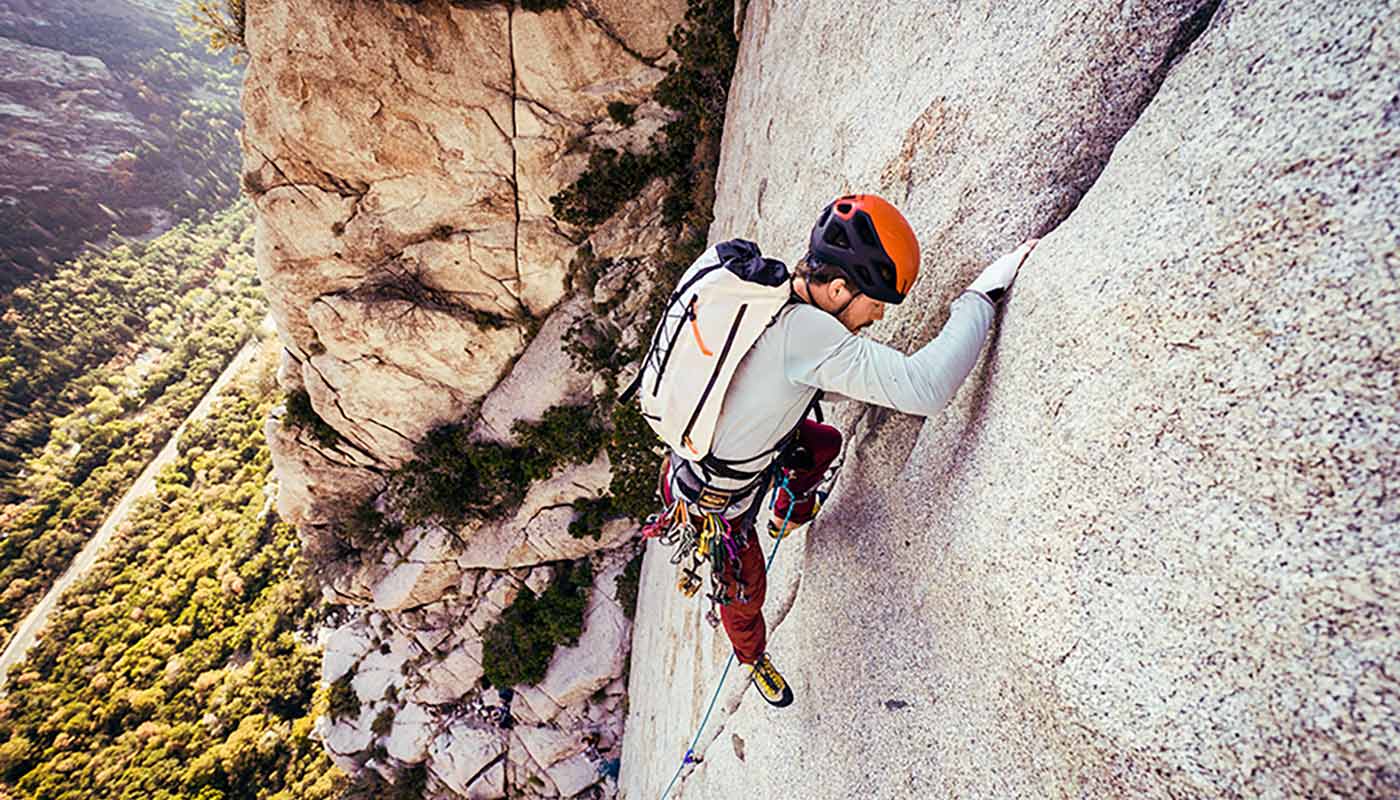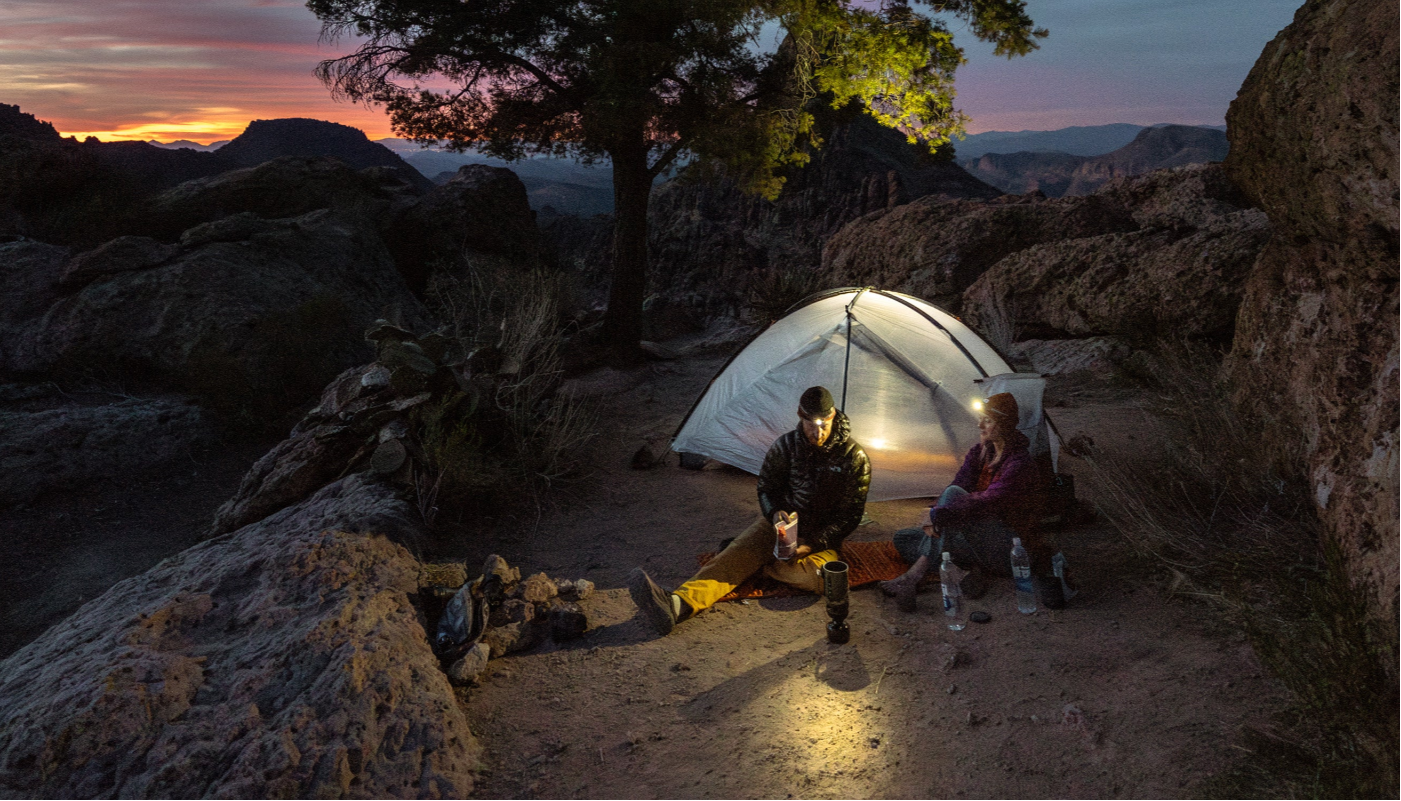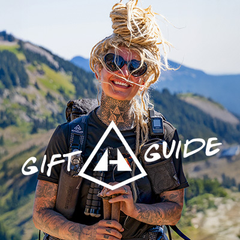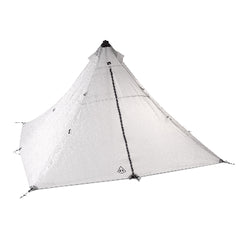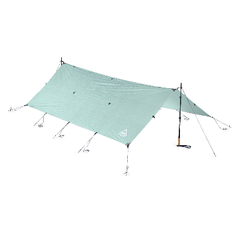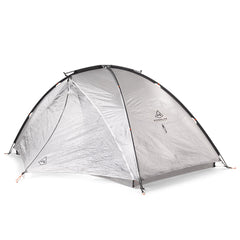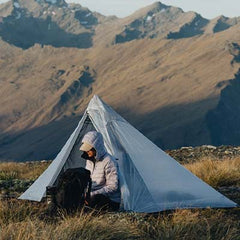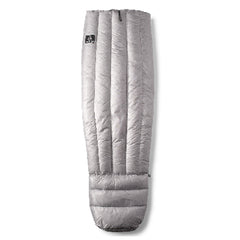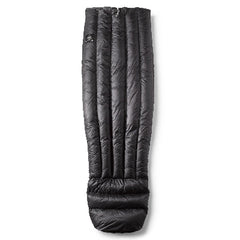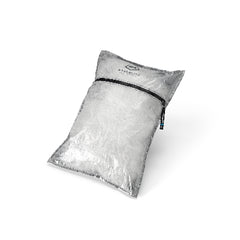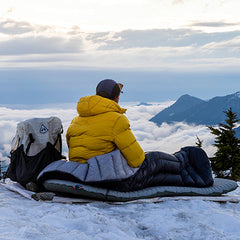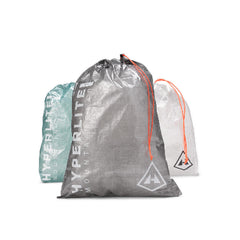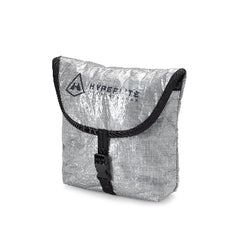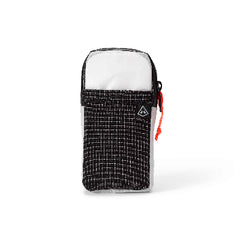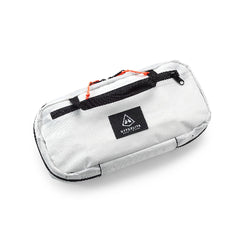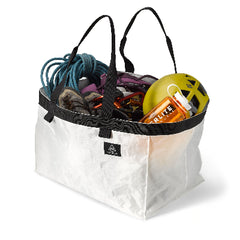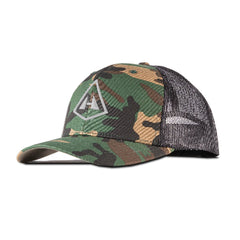Words & Photos by John Baker
Several years ago, I stumbled across a trip report of this place, and it sounded like one of the most awful yet amazing missions I had ever heard of. I read a few more trip reports which made it look just as brutal. To be clear, I am an average paddler on my best days, and the guys who wrote these are more skilled, more experienced, and plain tougher than I am by a long shot. To hear them call this "the most grueling wilderness paddling trip out there" stuck with me. Out of everything I read, Nick Murphy summed up the general attitude about this place best: "We agreed on the epic beauty of this mission and the fact that after completing it, we had done it and we would never have to do it again!" The stories of suffering piqued my interest, but it was the photos of massive canyon walls and beautiful whitewater that cemented this place in my mind.

This is a completely roadless area, and the standard access for this run is to suffer a huge hike in from the East. Rather than hauling kayaks for 18 miles up and over two passes and around countless portages, our crew decided to do something that had not yet been tried. Packrafting. Dan and I had spent the spring pushing our packrafting limits a bit, venturing into Vallecito at higher and higher flows. As we continued to figure out the subtle differences between kayak and packraft, our confidence grew with every successful lap. I got 33 Valle laps in May, meaning I know every rock and eddy on that creek, but paddling a section that we know so well is much easier than paddling a new run that we knew little about. How would our small inflatable boats handle the big whitewater? Were we getting in way over our heads?
We added one final twist to the trip. Rather than hiking in from the East like all of the other crews had done, Jeff proposed a more interesting route to hike in from the west, climb up and over the Continental Divide, descend a glacier, hike downstream from the headwaters until we had enough water to float on, and then paddle out. A simple enough idea when all of the details are left out.
The plan was hatched; now for the doing of it.

I left work in Durango at five p.m., drove through the night with a nap, and met the boys in Wyoming at sunrise. After a quick stop for food, we cranked out the first nine miles of hiking, and most of the elevation gain in three hours. Following lunch and another pause to wait out lightning, we had covered 12 miles when I started to run out of gas. I'm not sure if it was from the two hours of sleep the night before or the previous two weeks spent lounging on a sailboat at sea level, but I struggled to finish up the 16-mile day. After a hailstorm and some dinner, I passed out before dark.

In the morning, we woke up to jaw-dropping views and clear skies, rested, and absolutely grateful to be there! We were on the trail by 7:30, making our way higher up the basin, passing the last people that we would see for the remainder of the trip. Based on topo maps, we were hoping to cross over a saddle and drop into the headwaters of the creek. But as we climbed higher into the cirque, the gentle slope I was expecting was replaced with huge cliffs that were way too steep to scramble up. The anxiety grew with every step higher into the basin as we each silently wondered whether we would be able to make it over the pass or be forced to find a different route and add an extra day to our trip. This is the blessing and the curse of inventing your route rather than following some predefined trail. After all, the uncertainty is what makes the adventure.

Working up the cirque with Jeff hiking at bottom left for scale.
We eventually rounded a corner and found the weakness in the cliffs that we had been counting on. Excellent teamwork and a snail's pace got us safely up a huge loose boulder field which dumped us outright at the saddle - 12,600'! The climb from camp was 2000 ft and had taken us three hours, but we were rewarded with exceptional views.
The significance of beginning our descent from the source of the headwaters wasn't lost on us, as the slush that we were walking through would form the river that we would spend the next four days paddling out of the wilderness. Our path across the glacier was stable and relatively free of crevices as Dan, and I followed while Jeff navigated a route to the toe of the glacier. A quick break at the bottom to let our toes thaw out, and then down the moraine and gravel flats for another hour or two as the creek grew in size with every glacier outlet we passed.

This was the first descent of the north fork from the headwaters, so we had little info to go on. Based on pre-trip satellite scouting, we thought there might be a few good runnable bedrock slides up here, but we eventually realized that the river was either too braided, too flat, or way too steep for good whitewater. Eventually, the creek drops off the face of the Earth in a substantial un-runnable cascade. There was one steep 30' slide that landed in a small pool before continuing its 1700 fpm descent to the valley below, but it didn't seem like it was worth the effort to transition to boats just for this.

We bushwhacked through thick forest around this section down to where the gradient becomes reasonable again. After 24 miles of hiking to get to this point, we were all smiles to finally inflate the boats and work with gravity instead of against it. Below some class IV read and run, we came upon Tom and his girlfriend just as planned. He was ready to join us while she began her three-day solo hike out. The plan for two crews to meet up at a given time deep in the middle of the wilderness was a big risk, but it paid off. Tom was a great addition to our crew.

We came from up there!
This meadows section had some fun class three, but nothing that was worth hiking up here for if you are coming from the bottom. We paddled across the first lake and into the gorge with four rapids that separate the first smaller lake from a bigger lake. A 1.5-mile paddle to the south shore landed us exactly where we had hoped to be by the end of day two: another beautiful campsite, and no crowds to share it with except for the mosquitoes.

Everyone had said the paddling on the south fork is much higher quality than the north fork, so we stuffed our boats into backpacks after breakfast and made a giant portage up and over to the confluence of the middle and south forks. We dubbed this the panther portage. Jeff led the climb up to 10,300 before dropping 1700 feet back down to the creek, where we put on just below the gorge. There were more wild raspberries on every portage than us, or the bears could ever eat, though we made a valiant effort.

Top of the Panther portage.
The south fork was great, and before long, we found ourselves in a pool above a big horizon line. It turned out to be the cover shot from Whitewater of the Southern Rockies. There was a thin line in the entrance guarded by a rock on the right and a hole on the left, but it looked clean enough to me. I barely caught my bow in the left hole, which spun me sideways right at the lip, ending in a less than perfect line. I immediately climbed back out of the gorge for another chance at the line I had envisioned. The redemption lap was better and apparently looked convincing enough for Jeff and Dan to give it a try. The stoke of this crew was high! Another 1/4 mile and we hit the confluence with the north fork and the start of the lakes section.

The lakes section consists of five or six lakes, each separated by a series of fun bedrock ledge drops. We ran everything except one sharp manky drop, and found ourselves at the lead into Haagen Dazen, the only drop that we knew by name. Haagen Dazen is a huge feature, with a burly lead-in followed by a 50-foot slide. I wanted nothing to do with this beast, but Dan was fired up to send it in his packraft! We were days away from medical help, and it looked like the exploding wave in the middle would redirect a lightweight packraft to the right, sending you launching down into the solid green water in the pool below. I made the mistake of mentioning what I didn't like about it and deflated Dan a bit, who eventually decided that the risk this far into the wilderness wasn't worth it. After we had finished the portage and were looking back up, it looked like it might go after all. Sorry, Dan!

The gradient eased up, and we enjoyed a mile of scenic floating. After a long class IV rapid, we found ourselves staring into the gaping maw of the split tongue gorge. This section is considered the crux of the entire run, with several stacked-up class V drops. The sun was getting low in the west as we made a scout from high up on the right cliff. This was the most beautiful section we had seen yet, and I was eager to get in there and experience the gorge from my boat. But as group dynamics in the wilderness go, it turned out to be the smartest decision to keep the group together for yet another big portage. Disappointed, but we had no regrets about making that call to stick together. We worked our way back to the river just downstream of the gorge, paddled a short distance, and made camp on a beautiful beach on river right. Plenty of fresh fish to eat for dinner.
In the morning, we were on the water before eight, and almost immediately came to our first big rapid. A quick scout showed a long lead into a perfect 10 ft boof over a boxed-in hole and a cave on the left. We nailed our boofs and kept clear of the cave. Nothing like big whitewater first thing in the morning to wake you up! Directly downstream, we found an even larger rapid. There was a line down the middle that looked like it would go, but we hemmed and hawed for a few minutes before I finally decided to just walk it. The hole at the bottom of the ramp was looking mean, and just below this drop, there was some long mank that didn't look fun to swim into or chase a boat. The second I shared my decision, Dan got the fire in his eyes. Just as the rain started to pour down, he stuck the line, and it was so inspiring that I jogged back up to my boat and followed suit! One of the best drops of the trip.
